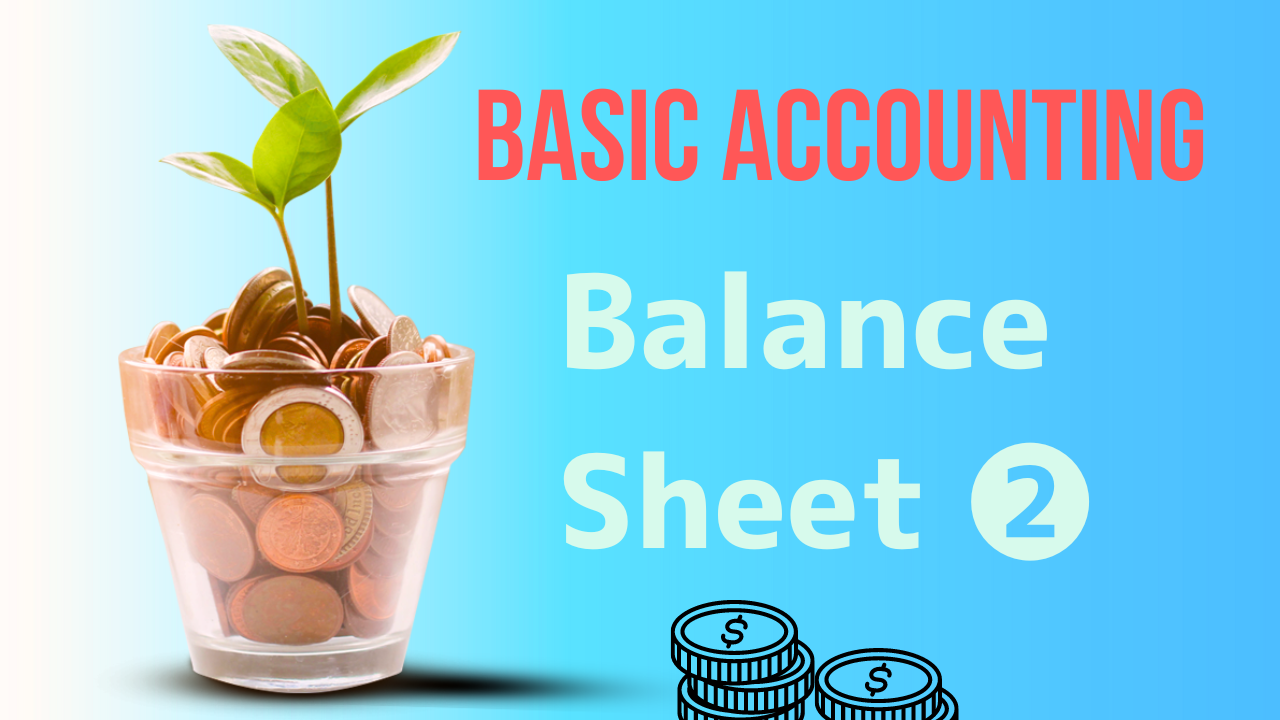A firm invests in PP&E to enhance production efficiency, financing the purchase through bank loans.
The term “bank loan” is commonly used, and in accouting terminology, the bank loan is classified as “Notes Payable“.
✅ Current or Long-term
When discussing the Balance Sheet, it’s typical to break down assets and liabilities into two main categories: current and long-term.
Current assets are those that are expected to be converted into cash within one year or less.This is dubbed as the “one-year rule“.
For instance, current assets include Cash, Accounts Receivable, Inventory and so forth.
In precise terms, accounts receivable or inventory are classified as current assets not based on the one-year rule, though.
Current liabilities are those that will need to be paid off within one year or less.
A typical example of a current liability is Accounts Payable.
Long-term liabilities has a maturity period exceeding one year, distinguishing it from short-term or current liabilities, which is due within one year.
A typical example of long term liabilities is bank loans with over one year maturity, and one thing to keep in mind here is that the portion of long-term bank loans with repayment periods of less than one year is classified as current liabilities.
The key point is whether the maturity dates are less than one year or over one year : the one ‐year rule.
✅ Other Jargon
I have explained the one-year rule as the classification criteria for determining whether the accounts are classified as current or long-term.
And there is an additinal criteria : The Normal Operating Cycle Basis.
It refers to the period from when a company produces goods or services until cash is collected from their sale.
With regard to accounts receivable or inventory , the normal operating cycle basis will be applied rather than the one-year rule.
For instance, buildings under construction by a construction company, regardless of whether the construction period extends beyond one year, are categorized as current assets because the construction period falls within the company’s normal operating cycle.
Since this involves some technical jargon, don’t worry if you don’t understand.
Let’s finish with this for today.
See you next time.



コメント